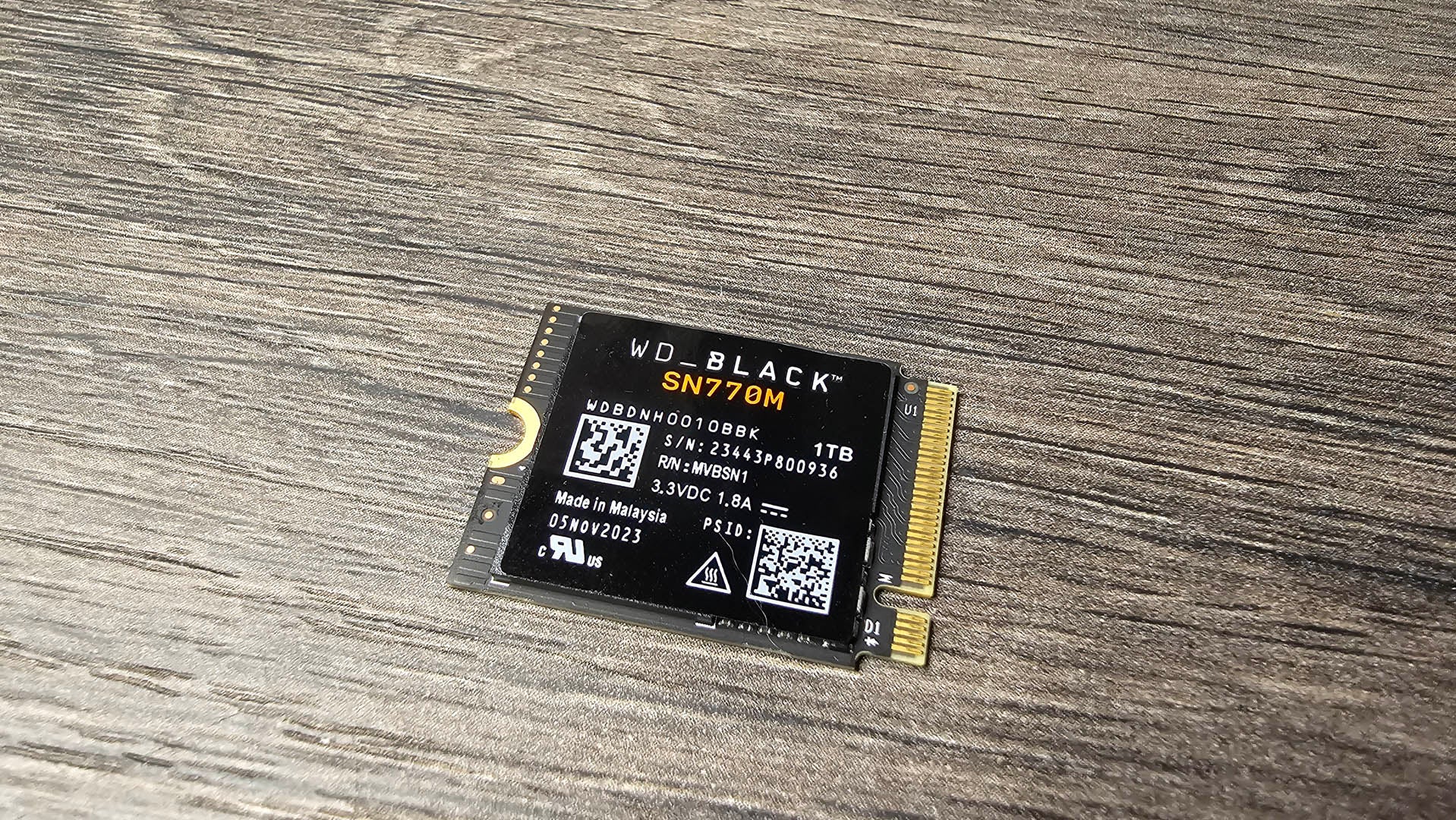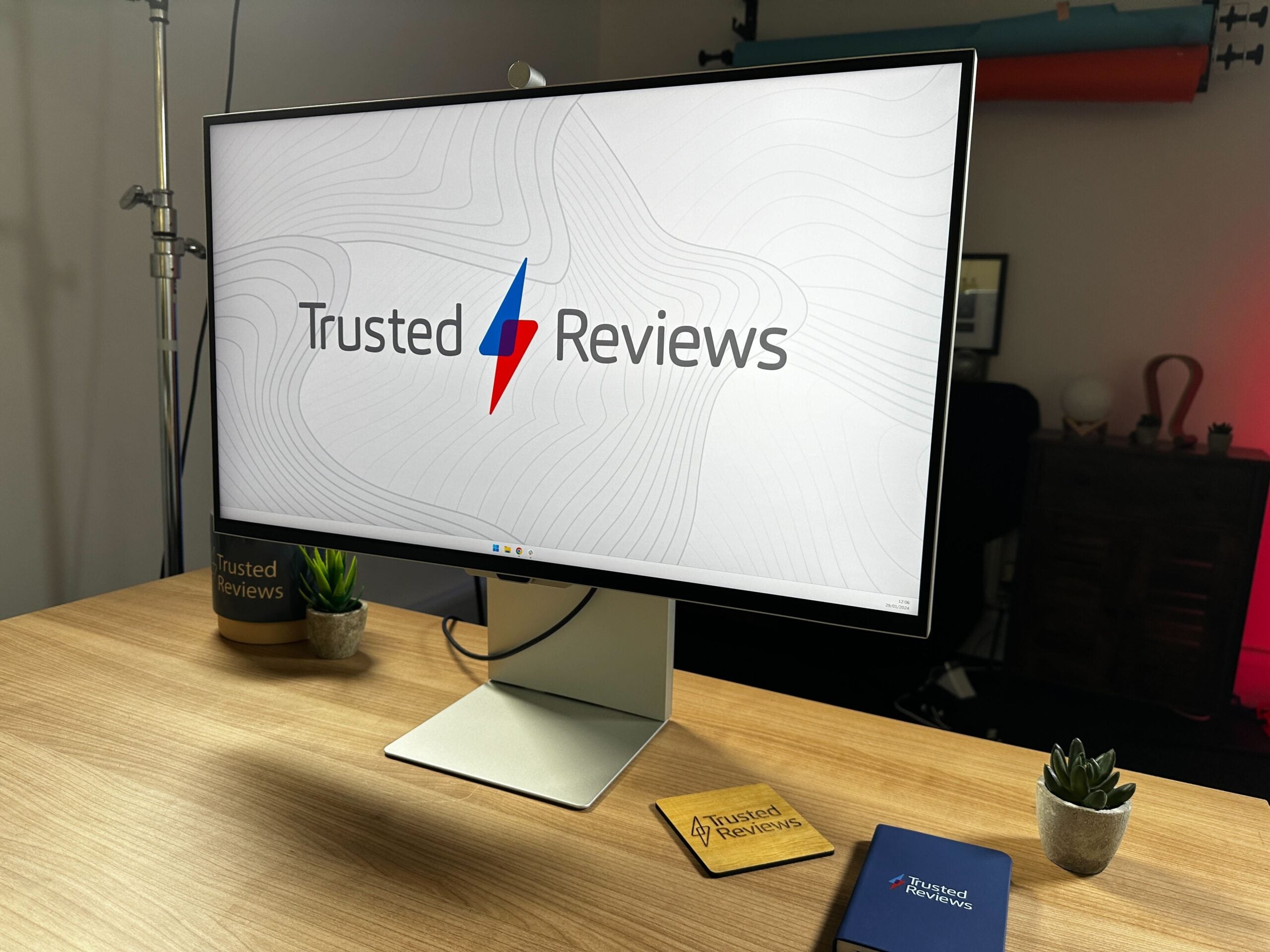Samsung Galaxy Book Pro 360 Review
A new 2-in-1 laptop with a Super AMOLED display
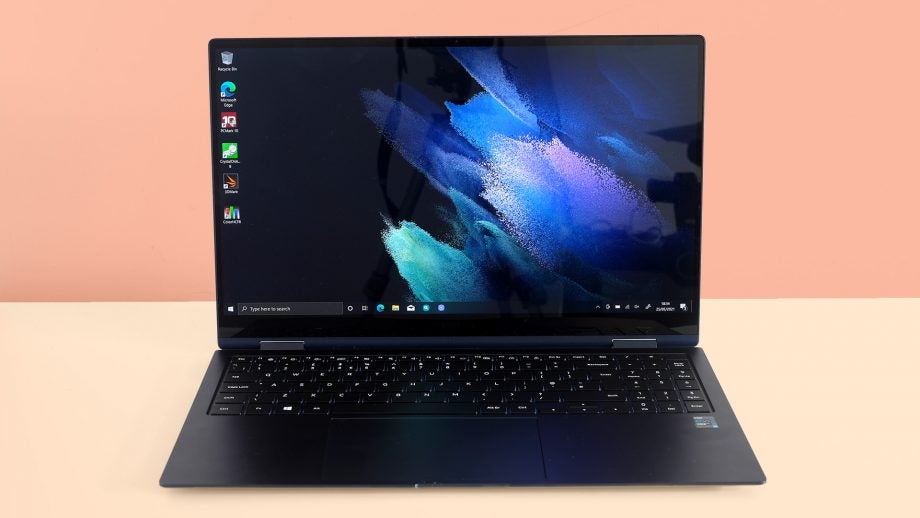
Verdict
The Samsung Galaxy Book Pro 360 is a disappointing 2-in-1 laptop: the speakers aren’t great, the keyboard is shallow and I find it hard to appreciate the brilliant aspects of OLED with such a reflective screen. It’s still a decent lightweight laptop, but you’ll find more joy with the LG Gram range.
Pros
- Superb colour depth
- Perfect OLED contrast
- Long battery life
- Combines low weight with a large screen
Cons
- Perceived display contrast is reduced by ambient light
- The screen looks a little fuzzy
- Distracting fans spin up regularly
- Shallow keyboard
Availability
- UKRRP: £1249
- USARRP: $1199.99
- EuropeRRP: €1299.99
Key Features
- Long battery life:This laptop lasts for 14 hours of everyday work between charges according to our testing, which is great.
- Big screen, low weight:The Galaxy Book Pro 360 only weighs as much as some 13-inch laptops but has a much larger screen.
- OLED display:A Samsung OLED screen gives this laptop perfect contrast, and its colour depth is superb too.
Introduction
The Samsung Galaxy Book Pro 360 is a 15.6-inch ultra-portable laptop. Outside of gaming, we haven’t seen very many devices at this size for some years now, but models such as this one and the LG Gram series aim to bring them back into the spotlight.
For many, they make a lot of sense, particularly now that more of us are spending time working from home. They offer great battery life, a decent-sized screen and sufficient power to carry out 99% of what the majority of folk need to do. And this particular device is a flippy-hinge hybrid, too.
However, I don’t think the Samsung Galaxy Book Pro 360 is quite as sure-fire a hit as the LG Gram 15 or Gram 16. The fantastic characteristics of the OLED screen are overshadowed by its low resolution; the fans are quite noisy; and there are a couple of build quality issues Samsung could look to address in the next version.
Design
- Weighs just 1.39kg, making it very portable
- The 360-degree hinge allows you to flip it into tablet mode
- Flimsy hinge makes it hard to use on soft surfaces
The Samsung Galaxy Book Pro belongs to an interesting sub-section of the “thin and light” laptop world. It’s big, thin and light – a computer for those who find 13- or 14-inch laptops that bit too small.
However, with this machine, Samsung has decided not to compromise feel for ultra-low weight; the main panels of the Galaxy Book Pro are still aluminium, rather than a magnesium alloy. The latter would have been lighter, but would lose the hardness of aluminium.
The device weighs 1.39kg, which means it’s still easily light enough to carry around. I took it on a four-hour hike, and it wasn’t much heavier than the water bottle that was also in my rucksack.
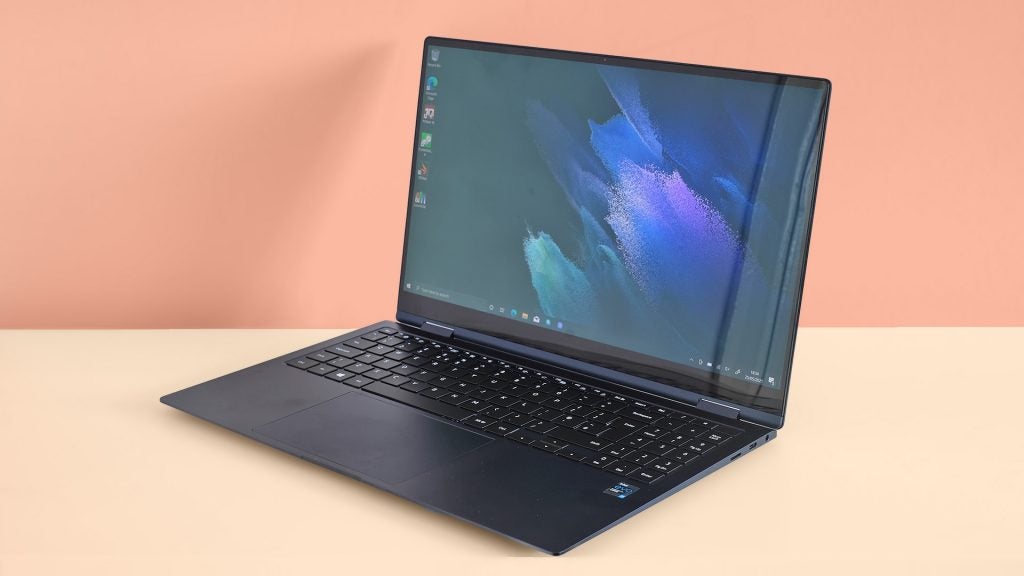
There’s an obvious appeal here: for students or people who will regularly have to take the Samsung Galaxy Book Pro 360 to meetings out of the office and use it to display presentations and the like.
Samsung has got plenty right here. The look of the laptop is generally quite reserved, but the coloured finish stops it from appearing dull. Screen surrounds are slim on three sides, and the 360-degree hinge is so subtle that, until someone flips the display around, you could easily believe it’s a non-hybrid model.
There are a couple of issues, however. The hinge is a little floppy, lacking the tension required to avoid the display bouncing around a little when the Samsung Galaxy Book Pro isn’t used on a hard, flat surface.
And while the panels feel reasonably sturdy, I found you can stop the touchpad clicker working if you lean a little on the metal panel around it. You can also fire off the clicker by pressing the Samsung Galaxy Book Pro 360’s underside.
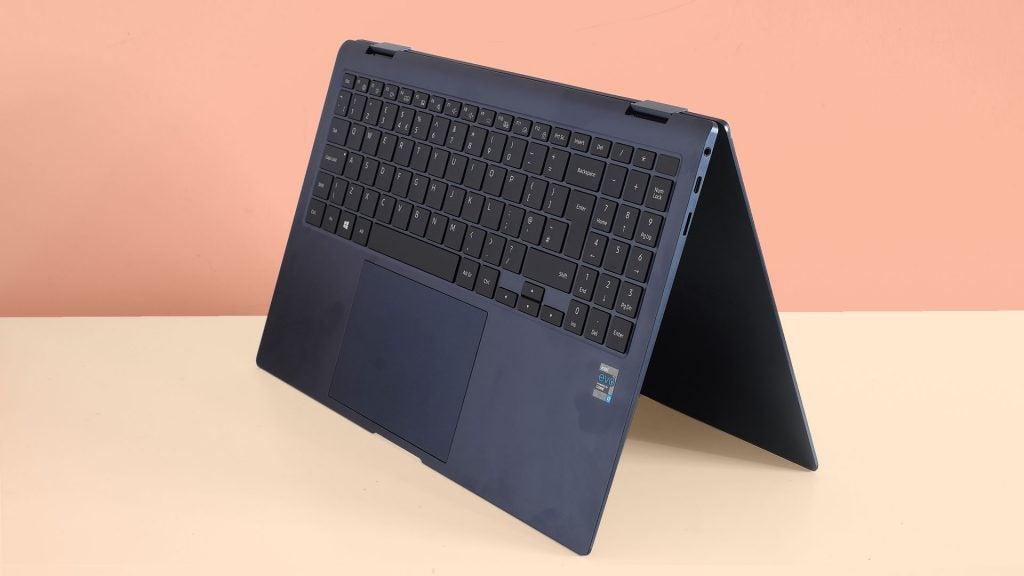
These are the side-effects of a laptop designed to be thin, light and large. Minor compromises start creeping in.
You will also need to pack a dongle if you want to use USB-A devices. The Samsung Galaxy Book Pro 360 has three USB-Cs and a microSD slot. One of the USBs is a Thunderbolt 4 socket, too, offering enough bandwidth to power a dock with a couple of 4K monitors attached.
Samsung laptops have fairly shallow keyboards. In fact, some are so shallow that I find them difficult to work on – but the Samsung Galaxy Book Pro’s keyboard is… acceptable.
It’s nowehere near as deep as the LG Gram 15’s unit, which I prefer by some margin; but actuation feedback is solid. I used the laptop to write a few articles, totalling several thousand words, and have no deal-breaking complaints.
You can probably hear grudging acceptance in my tone – this isn’t the style of laptop keyboard I’d pick – but if I was given the Samsung Galaxy Book Pro as a work laptop, there wouldn’t be a problem.
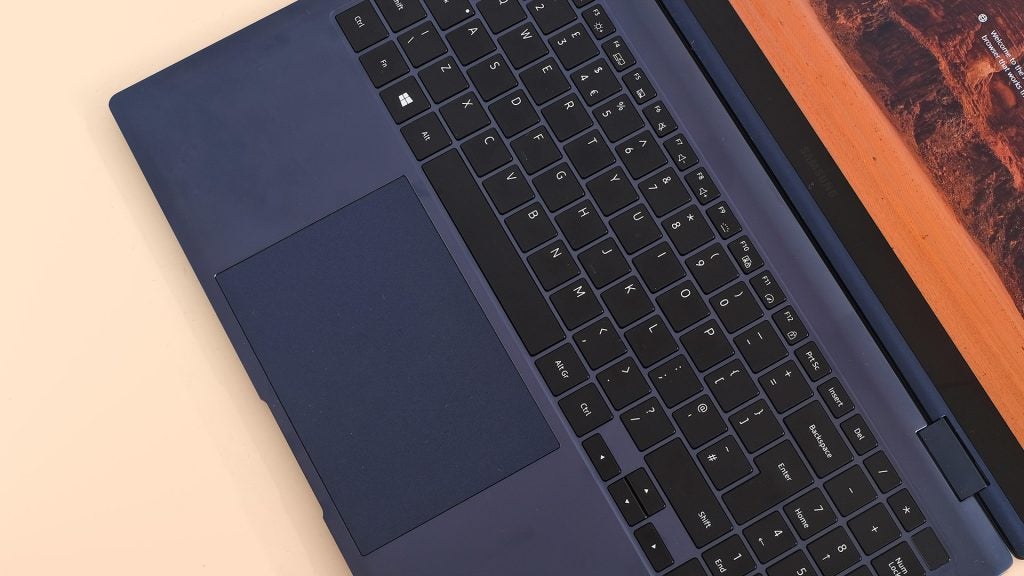
Keys aren’t too clicky, they’re well spaced and there’s a number pad, which is the norm for 15.6-inch laptops. Samsung also includes a subtle fingerprint reader on the top-right of the keyboard and a three-stage backlight.
The touchpad here is strong. It’s very large, which is no surprise given all that space in the casing, and the surface is smooth glass.
I came to the Samsung Galaxy Book Pro from using the Microsoft Surface Laptop 4, which has a much nicer feel. This one has a sort of generic-feeling higher-pitched click, but I’d be happy to live with this pad.
Screen
- AMOLED panel ensures incredibly high contrast
- Screen doesn’t look sharp, despite 1080p resolution
- Very reflective screen in bright environments
I was a little disappointed by the Samsung Galaxy Book Pro’s screen. On paper, the Samsung AMOLED panel sounds great, featuring the two key characteristics you see in Samsung’s OLED phones.
Contrast is terrific and colour coverage is superb. However, I found it hard to get beyond the resolution.
The Samsung Galaxy Book Pro features a 1080p panel. Perceived sharpness is actually significantly worse than that of a 1080p LCD laptop, however, because of the less regular sub-pixel arrangement used in Samsung’s OLEDs. As such, text looks a little fizzy.
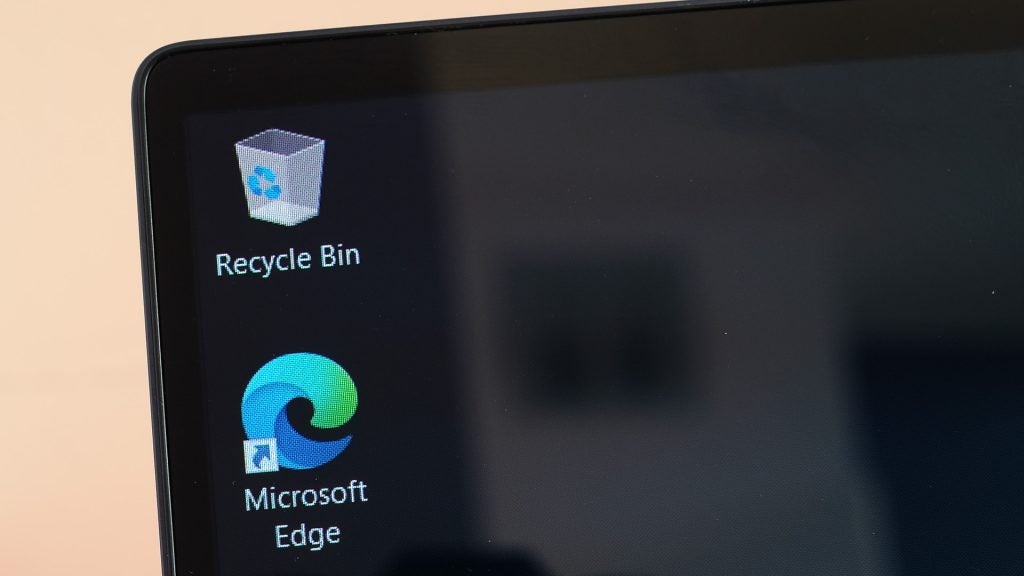
It reminds me of the level of sharpness you’d see in a sub-Full HD budget laptop or Chromebook. But it doesn’t suit the sharp design, nor does it match expectations when you’re spending over £1000 on a laptop.
Visibility outdoors proved no better than an LCD rival, either. Max brightness here is 298 nits, but can be boosted to around 348 bits when there’s a lot of ambient light. You can’t force it to use its brightest setting just by dialling up the brightness slider, plus the screen surface is highly reflective. The brightness of the Galaxy Book Pro’s panel doesn’t come close to that of Samsung’s OLED phone panels, which can reach above 1000 nits (granted, this would kill a laptop’s battery anyway).
Another slight issue is that Samsung says these laptops feature “Super AMOLED” screens, which traditionally means they’re fully laminated – a style of construction that removes air gaps between layers in the display.
However, the Samsung Galaxy Book Pro 360’s display layer is clearly slightly recessed, and when sunlight hits the screen, its surface turns from black to slightly blue, reducing that perfect contrast of OLED. It suggests there are actually pretty significant air gaps between the layers, and is also a big part of the reason I believe this display isn’t as good as it sounds.
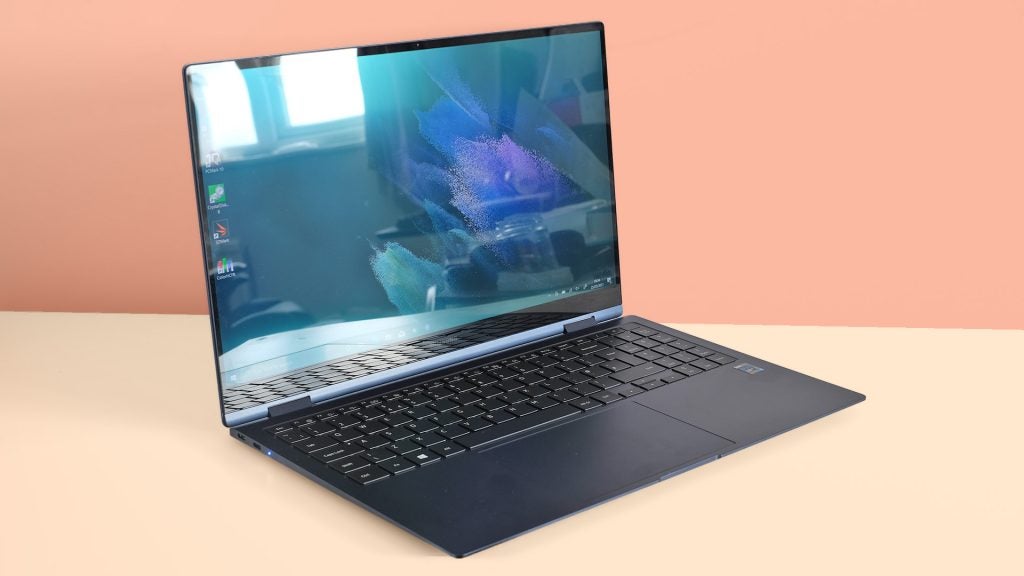
If you care more about colour reproduction than screen clarity and sharpness, ten you’ll be pleased to learn that the Samsung Galaxy Book Pro nails that part. Its OLED covers 100% of Adobe RGB, 99.8% of DCI-P3 and 95.8% of sRGB, and can render tones outside of all three colour standards, with a colour volume of 116.1% of Adobe RGB.
It’s one of the most colour-rich screens you can get in any laptop. These are some of the highest figures I’ve ever recorded. But I’m not convinced its performance power is enough to tempt creators away from the MacBook Pro.
Performance
- Speedy processor performance
- Intel Xe graphics allow for entry-level content creation
- Fans can get annoyingly loud
The 15.6-inch Samsung Galaxy Book Pro comes in two performance flavours. Both use Intel 11th-gen CPUs. One has a Core i5 with 8GB of RAM, while the other has a Core i7 with 16GB of RAM. Both have a 512GB SSD with solid 2200MB/s read speeds and reasonable 1197MB/s write speeds.
Normally I’d advise that most folk opt for the Core i5/8GB configuration. But if you’re buying a larger laptop with deep colour coverage for video editing or 3D modelling tasks, or for working on giant spreadsheets or databases (maybe the colour coverage doesn’t matter there), the higher-spec version would be the better option.
I’m using the higher-end version. It feels responsive and, thanks to the integrated Intel Xe graphics, the Samsung Galaxy Book Pro 360 can actually handle some reasonably demanding games fairly well, too.
| Samsung Galaxy Book Pro | LG Gram 17 | Dell XPS 13 | |
| Processor | Intel Core i5-1135G7 | Intel Core i7-1165G7 | Intel Core i7-1165G7 |
| Geekbench 5 single core | 1421 | 1366 | 1548 |
| Geekbench 5 multi core | 5437 | 4524 | 5687 |
| PCMark 10 | 5491 | 4718 | 4802 |
| 3DMark Time Spy | 1814 | 1107 | 1657 |
You can play The Witcher 3 or GTA V at native resolution, and while I complained about the Samsung Galaxy Book Pro 360’s display resolution earlier, it’s mostly in text that issues can be seen. Games look great on this screen – they benefit far more from the super-rich colour and killer contrast.
Note that the Samsung Galaxy Book Pro 360’s fans can be quite distracting. It doesn’t take too much to get them to spin, and their sound is harder to ignore than some: there’s a higher-pitch element to the sound that comes across like a tiny jet engine.
The bed of noise below it isn’t too bad, with the classic breathy exhalation that you get in any Windows laptop in this power class – but the brighter noise is more obvious, particularly when the fan’s rpm rate changes.
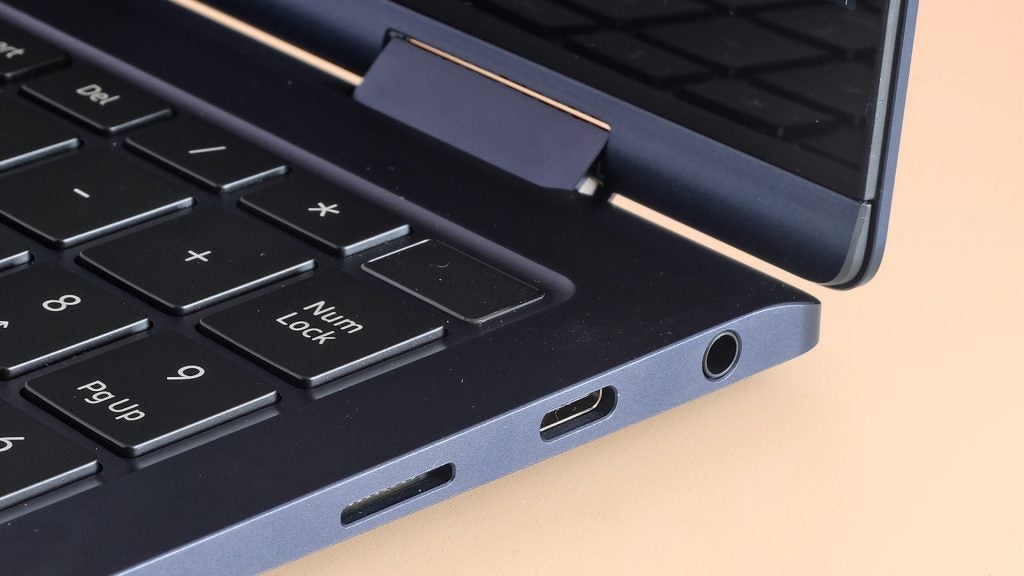
The Samsung Galaxy Book Pro 360’s speakers are nothing special, either. Used without the preinstalled Dolby processing, they sound a little thin and quieter than I’d hoped. Dolby processing significantly improves the impact and perceived width and scale of the audio, but it doesn’t impact the bass “floor”, which simply isn’t all that deep. There’s no real power to these speakers.
This laptop’s webcam is diabolical, even more so than some rivals. Detail is poor in all conditions, and faces look splotchy in domestic indoors lighting. It will do the job for occasional zoom calls, but you may want something better if you spend half your life in video meetings/chats.
Battery life
- Lasted just over 14 hours in our battery test
- Charges via the USB-C port with a compact power adapter
The Galaxy Book Pro 360 lasted 14hrs 2mins running PC Mark 10’s Modern Office test at 150-nit brightness, which emulates the kind of tasks many people will do in their work day, at the sort of screen brightness you might choose to use indoors.
The laptop would probably last even longer with an AMD Ryzen chipset, but it’s a strong result for an Intel Core i7-powered system.
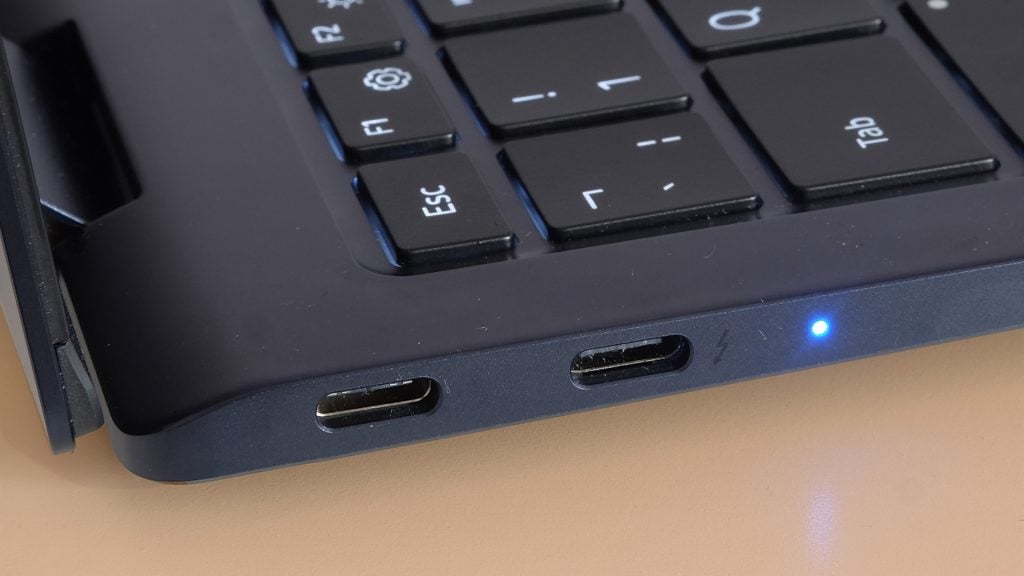
Samsung’s power adapter is rather brilliant, too. It’s barely larger than a phone adapter, packing 65W of power into a unit that’s smaller and lighter than I’m used to in a laptop.
Thinking about it from a wider perspective, this is actually no surprise – some OnePlus phones come with 65W adapters. But Samsung actually lags behind in terms of the charging speed of its phones compared to Chinese companies such as OnePlus, Oppo and Xiaomi, so it’s good to see the company put in the effort here.
Best Offers
Should you buy it?
You want an ultraportable with a large screen
The Samsung Galaxy Book Pro 360 is slim, light and you can carry it around all day comfortably. It also offers more screen space than you’d get with a typical laptop weighing around 1.3kg.
You’ll do a lot of typing
Samsung has made worse laptop keyboards before, but its shallow travel won’t cut it for those who like solid keypress feedback. It’s a keyboard lightweight, and I much prefer typing articles on the LG Gram range.
Final thoughts
The Samsung Galaxy Book Pro 360 is a decent 2-in-1 laptop, with plenty of strengths such as a portable design and a powerful productivity performance, but it has too many flaws to seriously challenge the ultra-portable LG Gram range.
FAQs
Yes you can, although this isn’t the most powerful laptop for photo/video work.
No, you cannot upgrade the RAM.
Yes, but you don’t get a Thunderbolt cable in the box.


